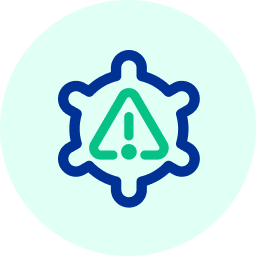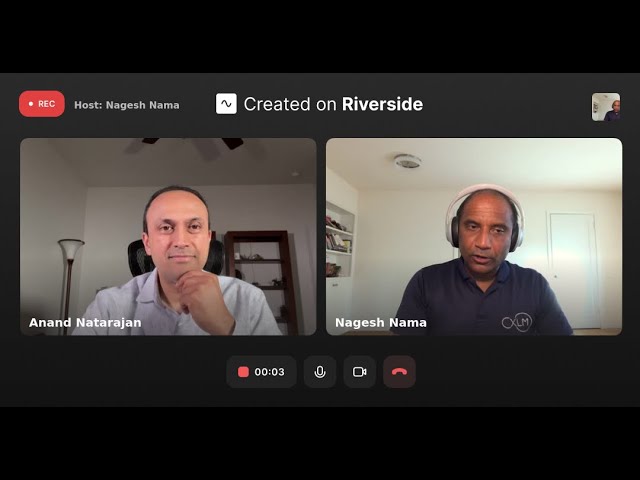
CAM - Code Action Model - An agent based script automation and validation in CDMS
Nagesh Nama
24 Apr 2024
Transcript
Transcript
About
In this episode the implementation of CAM (Code Action Model) in Project MayaCode @ xLM Continuous Labs.
Project MayaCode:
Goal: This project aims to develop a GenAI Framework. The purpose of this framework is to automate code generation and comprehensive validation. The focus is on code related to rules governing data acquisition in Electronic Data Capture (EDC) within Clinical Data Management (CDMS).
Context: Clinical Data Management (CDMS) is the process of collecting, cleaning, and managing clinical trial data in compliance with regulatory standards. The primary objective of CDMS processes is to ensure data accuracy, adherence to protocols, and suitability for statistical analysis. Clinical Data Management Systems (CDMS) are used to capture data for clinical trials.
A study translates protocol specific activities into generated data. A study is essentially a road map to handle the data under foreseeable circumstances and describes the CDM activities to be followed in the trial.
Concomitant to study design is the definition of rules. Rules play a crucial role in collecting, validating, and identifying discrepancies in trial data. For instance, if the screening criterion for a subject (rule) stipulates that the ECG (Electrocardiogram) readings must be taken within 15 minutes of the collection of vital signs, code will be written for checking those conditions. If for any subject, the condition is not met, a discrepancy will be generated.
Rules can also dictate contextual data capture based on subject characteristics (e.g., gender, age, ethnicity). Additionally, rules guide users to relevant forms during clinical trial execution. In effect, rules drive the mechanics of data collection during clinical trials.
Use Case: During the design of a study, rules are defined in natural language. System developers then parse these rules and convert them into programmatic instructions with specific syntax. This process is manually intensive, requiring developers to be well-versed in study design, navigation paths, and programming rules. After converting rules to programmatic instructions, the crucial step is validating their correctness.
==**==
#ai #artificialintelligence #cam #xlmcontinuouslabs #aiingxp
Short Videos
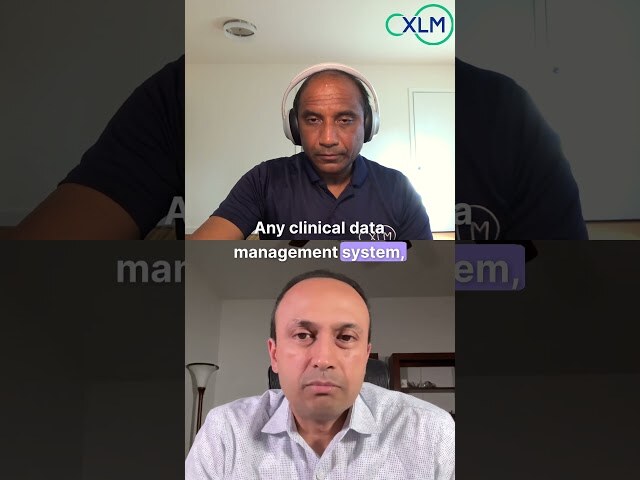
003 The Three Key Pieces of the Workflow Automation Process
Nagesh Nama
003 The Three Key Pieces of the Workflow Automation Process
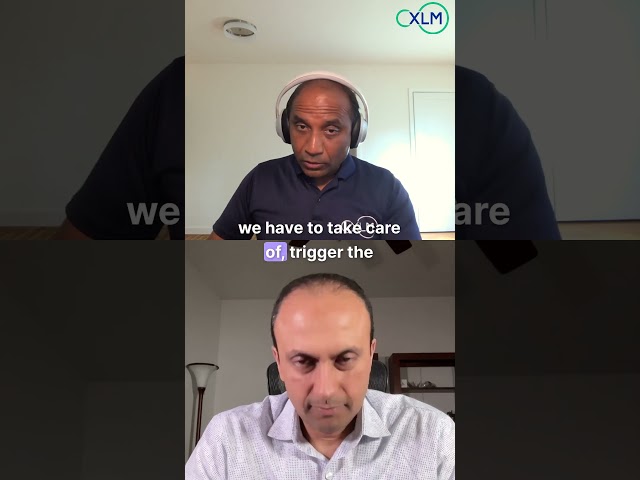
003 The Three Key Pieces of the Workflow Automation Process
Nagesh Nama
003 The Three Key Pieces of the Workflow Automation Process

003 Projected Cost and Efficiency Savings with Maya Code
Nagesh Nama
003 Projected Cost and Efficiency Savings with Maya Code
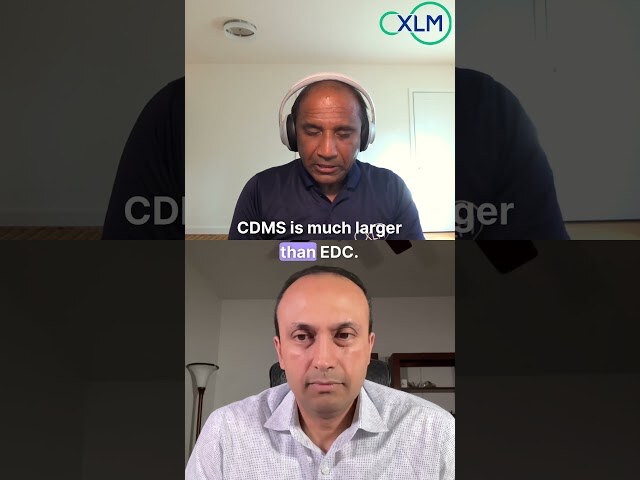
003 Understanding the Complexity of Rules in Clinical Data Management Systems
Nagesh Nama
003 Understanding the Complexity of Rules in Clinical Data Management Systems
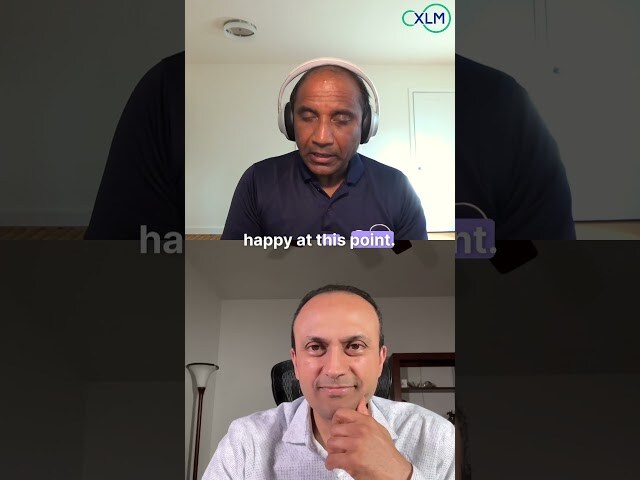
003 The Power of MayaCode in Automating Code Generation and More
Nagesh Nama
003 The Power of MayaCode in Automating Code Generation and More
Full Episode

